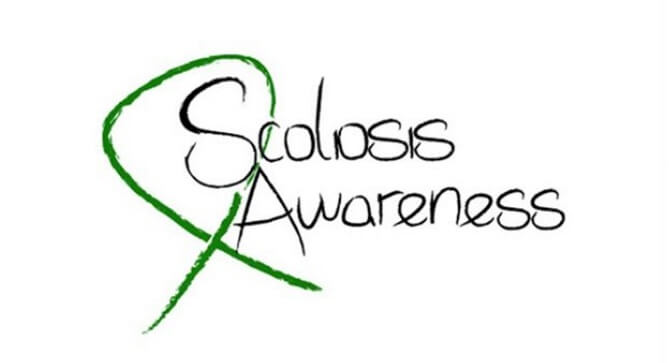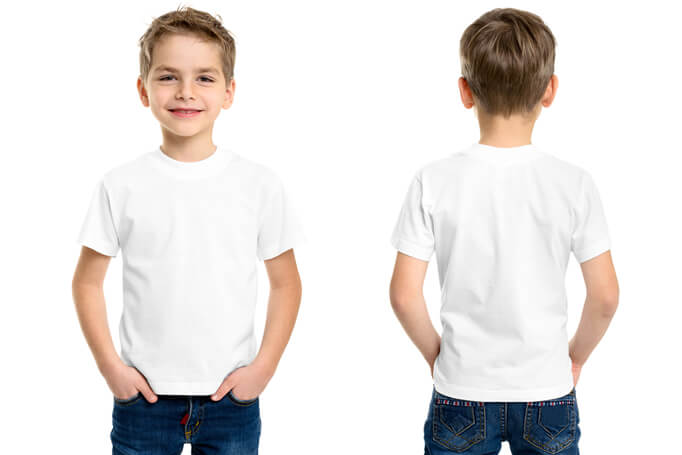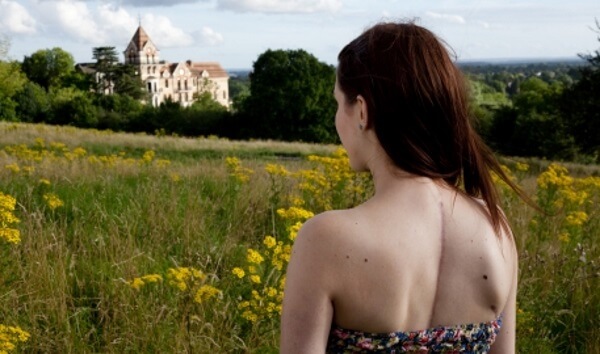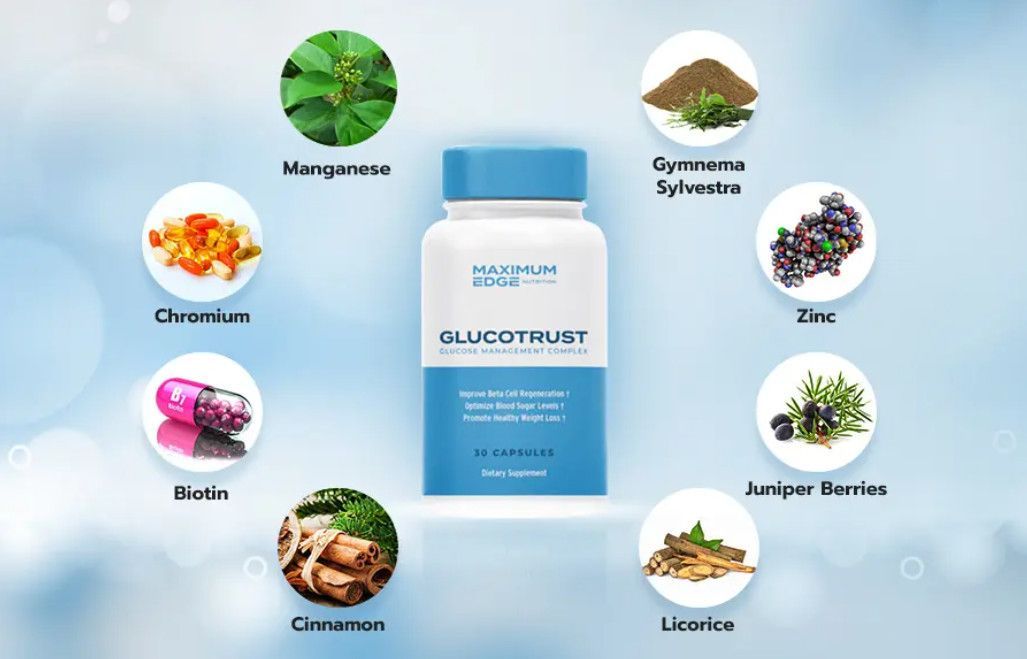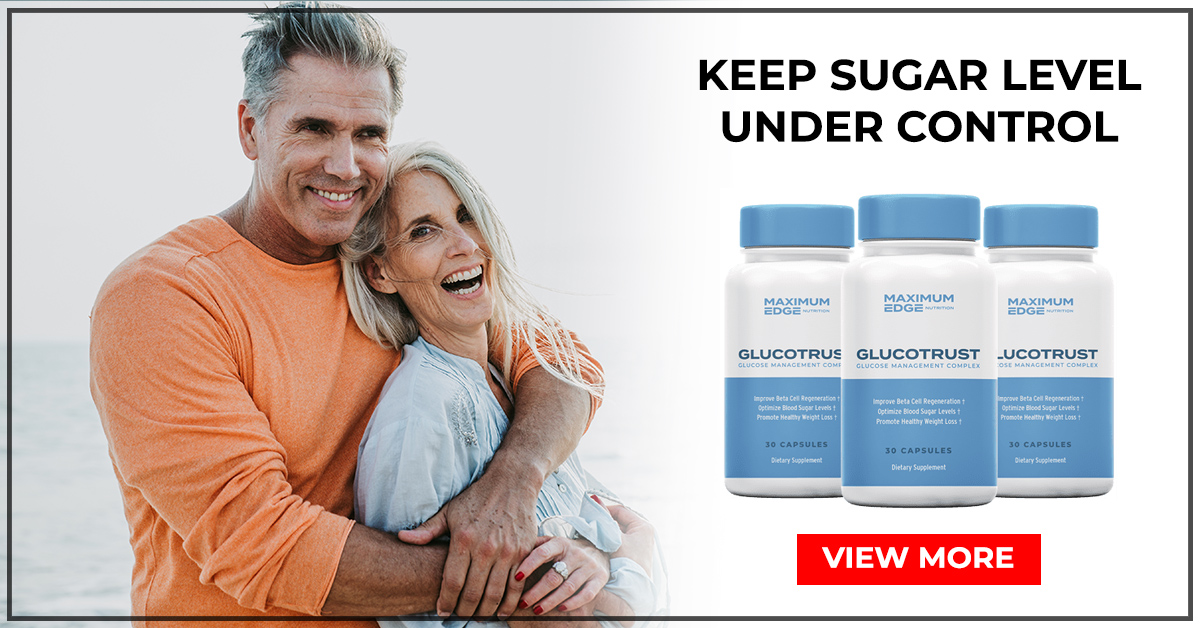Uncategorized
June Is Scoliosis Awareness Month
As a member of the Scoliosis Research Society, Dr. Baron Lonner is happy to announce that June is Scoliosis Awareness Month. All over the United States of America, the Society will be raising awareness about scoliosis and its treatment.
Origins.
It was in 2008 that the National Scoliosis Foundation received the first official public proclamation from the US House of Representatives. Congresswoman Allyson Schwartz (PA) declared that each June would be a month of education and awareness about patient care, screening, privacy, and protection.
In 2009, the Scoliosis Research Society joined forces with the NSF to engage in a coordinated national program reaching across institutions, including schools, hospitals, clinics and private practices.
NSF and SRS are now joined by the International Research Society for Spinal Deformity and the Society on Scoliosis Orthopedic and Rehabilitative Treatment. Scoliosis Awareness month is an annual event which provides professionals in the field with a forum for raising the profile of scoliosis.
Campaign objectives.
Based on the statement: “The sooner detected, the better corrected”, Scoliosis Awareness Month hopes to diffuse the importance of early detection and the effectiveness of the therapeutic intervention with bracing.
To that end and in the service of greater public awareness, we wish to see every state, commonwealth, and district officially declare and observe June as Scoliosis Awareness Month to further educational efforts all over the USA.
At the community level, we encourage and support local advocacy and events which highlight scoliosis and its treatment. Part of this effort involves bringing together stakeholders like patients and their families, physicians and clinicians, to collaborate for enhanced care, screening, privacy and protection for those living with scoliosis.
By building communicative, collaborative networks, we hope to bring more public attention to the work we’re doing in the field and to the challenges of people with scoliosis.
What you can do.
While our goal to have June officially declared Scoliosis Awareness Month in every corner of the USA is becoming more reality than dream every year, we’re still not there. This year, SRS will contact Governors in all states who’ve not yet proclaimed, to respectfully request that they join the rising movement supporting scoliosis awareness across the country.
That’s why we’re calling on you to join us and do your part to raise awareness about scoliosis, by writing to your state Governor. Speak from the heart, simply stating why you believe scoliosis to be an important public health concern that deserves greater awareness.
Your voice is important, this June. Dr. Lonner and the team at Scoliosis & Spine look forward to bringing more information about this condition into the public square, particularly focusing on early intervention with conservative therapies that can help patients avoid surgery.
At Scoliosis & Spine, we celebrate the victories recent years have brought to advances in scoliosis care and treatment, but we know that more can be done. By reaching out to your state Governors, you’re joining in the fight to educate the public and empower patients and their families.
Dr. Lonner and the Scoliosis & Spine team invite you to join us, this June.
How to Tell If Your Child Has a Curved Spine
Scoliosis is a serious condition, predominantly affecting children between ages 10 to 16. Presenting as a curved spine, the condition can also be seen in younger children and adults.
If you suspect your child may have this condition, there are some simple ways to discern if there’s a curvature in play. How to tell if your child has a curved spine is a matter of observation on your part.
Things to look for.
When your child’s spine has a curve, the effect can be rotation of the ribs. To discern whether this is the case, ask your child to bend forward. If there’s a curvature, it will be indicated by an elevated portion of the ribcage when looking at your child’s back.
Scoliosis may also cause children to habitually lean to one side or the other, or for one shoulder to sit higher than the other. Some children will have one shoulder blade that protrudes. A lump or hump on one side of the back is another sign your child has a curved spine.
Timely diagnosis is key.
While children are still growing, spinal curvatures will become more pronounced. If you see any of the foregoing symptoms in your child, it’s, therefore, crucial that you seek a diagnosis as soon as possible, so remedial treatment can be applied.
Infantile scoliosis is not as simple to detect as scoliosis in older children and occurs in toddlers and infants under the age of three. Sometimes, a spinal curvature in children of this age group will improve. Once an infant can sit up, though, a curve can be more easily discerned.
Young children should undergo diagnostics like x-rays to determine if a curve is present. A scoliosis diagnosis in the early years of a child’s life can mean more severe problems later in life, like pulmonary issues. As the spine continues to twist, breathing may become difficult.
With timely diagnosis, scoliosis in very young children can be ameliorated with the use of a plastic brace to slow the curvature.
Scoliosis and pain.
Approximately 1/3 of children with scoliosis experience pain, but you can help your child relieve this with targeted stretching and strengthening exercises for the core.
I advise that you pursue a clinically directed program, in addition to your own efforts, as these have seen amazing results in children with curved spines. The Scroth Method and scoliosis-specific Yoga are two examples of therapeutic exercise that can contribute to better health and wellness, as well as pain relief.
Scoliosis and Spine Associates.
As I said earlier, the first thing you should do once you’ve determined that your child has a curved spine is to seek diagnosis. Depending on the severity of the condition, Scoliosis and Spine can then proceed with appropriate treatment.
At Scoliosis and Spine, we favor a conservative therapeutic approach. We’re on the leading edge of innovation and state-of-the-art treatments to serve our patients with spine care that puts their needs first.
Contact the Scoliosis and Spine Associates team. Let us help.
Adolescent Idiopathic Scoliosis – Staying Ahead of the Curve
This variety of scoliosis is a challenge for both patient and doctor, but it’s a challenge that can be met with the right approach.
Adolescents go through growth spurts and during those times, curvatures caused by scoliosis can progress rapidly. That said, there are also periods during which progression is extremely slow. Adolescent idiopathic scoliosis (AIS) treatment and care require vigilance and pro-active approaches to stay ahead of the curve.
New research offers hope.
Scoliosis & Spine Associates is fortunate to benefit from the work of our lead specialist, Dr. Baron Lonner. His role as a leader in scoliosis research brings our patients leading-edge care derived from ongoing research into treatment and prevention of scoliosis.
A study by the Chinese University of Hong Kong recently revealed that supplements can play a role in the treatment of AIS. Combining Vitamin D with calcium is being identified as a therapy capable of preventing the progression of scoliosis curvature in girls between the ages of 11 and 14.
Subjects in the study with a Cobb angle of 15 degrees who were also suffering from reduced bone mass, responded favorably to supplementation. The supplements were blind-tested against a group of study participants receiving a placebo, in two groups with different dosage levels.
After two years, the combination of Vitamin D and calcium showed significant improvement in the groups who’d received the supplements. There is hope that this therapeutic approach will revolutionize the treatment of AIS.
Ongoing study.
Research continues into the role of supplementation in the prevention and treatment of AIS. Researchers are also exploring the role of nutrition in staying ahead of the curve and supporting patients with the condition.
The future for young people suffering from AIS is brighter, as physicians begin to see the value of the Hong Kong research as an ongoing practice in the treatment of their AIS patients.
But with Adolescent idiopathic scoliosis, staying ahead of the curve demands a sensitive partnership between physicians and patients that maintains vigilance over progression. Every patient is different.
While supplementation is a hopeful addition to the arsenal in the war on scoliosis, other therapeutic approaches are deployed for maximum effect.
A comprehensive approach.
A comprehensive approach to AIS implicates a variety of therapies working together to stay ahead of the curve. Bracing and physical therapy are part of that.
Bracing serves to stabilize curvatures, particularly during periods of rapid growth. Physical therapy, which may come in the form of scoliosis-specific Yoga, stretching and strengthening, works to build the patient up physically, also promoting patient physical awareness.
It’s our belief at Scoliosis & Spine that a plan for treatment should be developed between the caregiver and the patient, resulting in a coordinated and pro-active program in which the two parties to treatment work together closely.
At the root of a comprehensive approach to AIS is the relationship between doctor and patient that’s built on trust and common purpose – staying ahead of the curve.
Contact us for more information about Adolescent idiopathic scoliosis and staying ahead of the curve.
June Is Scoliosis Awareness Month
As a member of the Scoliosis Research Society, Dr. Baron Lonner is happy to announce that June is Scoliosis Awareness Month. All over the United States of America, the Society will be raising awareness about scoliosis and its treatment.
Origins.
It was in 2008 that the National Scoliosis Foundation received the first official public proclamation from the US House of Representatives. Congresswoman Allyson Schwartz (PA) declared that each June would be a month of education and awareness about patient care, screening, privacy, and protection.
In 2009, the Scoliosis Research Society joined forces with the NSF to engage in a coordinated national program reaching across institutions, including schools, hospitals, clinics and private practices.
NSF and SRS are now joined by the International Research Society for Spinal Deformity and the Society on Scoliosis Orthopedic and Rehabilitative Treatment. Scoliosis Awareness month is an annual event which provides professionals in the field with a forum for raising the profile of scoliosis.
Campaign objectives.
Based on the statement: “The sooner detected, the better corrected”, Scoliosis Awareness Month hopes to diffuse the importance of early detection and the effectiveness of the therapeutic intervention with bracing.
To that end and in the service of greater public awareness, we wish to see every state, commonwealth, and district officially declare and observe June as Scoliosis Awareness Month to further educational efforts all over the USA.
At the community level, we encourage and support local advocacy and events which highlight scoliosis and its treatment. Part of this effort involves bringing together stakeholders like patients and their families, physicians and clinicians, to collaborate for enhanced care, screening, privacy and protection for those living with scoliosis.
By building communicative, collaborative networks, we hope to bring more public attention to the work we’re doing in the field and to the challenges of people with scoliosis.
What you can do.
While our goal to have June officially declared Scoliosis Awareness Month in every corner of the USA is becoming more reality than dream every year, we’re still not there. This year, SRS will contact Governors in all states who’ve not yet proclaimed, to respectfully request that they join the rising movement supporting scoliosis awareness across the country.
That’s why we’re calling on you to join us and do your part to raise awareness about scoliosis, by writing to your state Governor. Speak from the heart, simply stating why you believe scoliosis to be an important public health concern that deserves greater awareness.
Your voice is important, this June. Dr. Lonner and the team at Scoliosis & Spine look forward to bringing more information about this condition into the public square, particularly focusing on early intervention with conservative therapies that can help patients avoid surgery.
At Scoliosis & Spine, we celebrate the victories recent years have brought to advances in scoliosis care and treatment, but we know that more can be done. By reaching out to your state Governors, you’re joining in the fight to educate the public and empower patients and their families.
Dr. Lonner and the Scoliosis & Spine team invite you to join us, this June.
How to Tell If Your Child Has a Curved Spine
Scoliosis is a serious condition, predominantly affecting children between ages 10 to 16. Presenting as a curved spine, the condition can also be seen in younger children and adults.
If you suspect your child may have this condition, there are some simple ways to discern if there’s a curvature in play. How to tell if your child has a curved spine is a matter of observation on your part.
Things to look for.
When your child’s spine has a curve, the effect can be rotation of the ribs. To discern whether this is the case, ask your child to bend forward. If there’s a curvature, it will be indicated by an elevated portion of the ribcage when looking at your child’s back.
Scoliosis may also cause children to habitually lean to one side or the other, or for one shoulder to sit higher than the other. Some children will have one shoulder blade that protrudes. A lump or hump on one side of the back is another sign your child has a curved spine.
Timely diagnosis is key.
While children are still growing, spinal curvatures will become more pronounced. If you see any of the foregoing symptoms in your child, it’s, therefore, crucial that you seek a diagnosis as soon as possible, so remedial treatment can be applied.
Infantile scoliosis is not as simple to detect as scoliosis in older children and occurs in toddlers and infants under the age of three. Sometimes, a spinal curvature in children of this age group will improve. Once an infant can sit up, though, a curve can be more easily discerned.
Young children should undergo diagnostics like x-rays to determine if a curve is present. A scoliosis diagnosis in the early years of a child’s life can mean more severe problems later in life, like pulmonary issues. As the spine continues to twist, breathing may become difficult.
With timely diagnosis, scoliosis in very young children can be ameliorated with the use of a plastic brace to slow the curvature.
Scoliosis and pain.
Approximately 1/3 of children with scoliosis experience pain, but you can help your child relieve this with targeted stretching and strengthening exercises for the core.
I advise that you pursue a clinically directed program, in addition to your own efforts, as these have seen amazing results in children with curved spines. The Scroth Method and scoliosis-specific Yoga are two examples of therapeutic exercise that can contribute to better health and wellness, as well as pain relief.
Scoliosis and Spine Associates.
As I said earlier, the first thing you should do once you’ve determined that your child has a curved spine is to seek diagnosis. Depending on the severity of the condition, Scoliosis and Spine can then proceed with appropriate treatment.
At Scoliosis and Spine, we favor a conservative therapeutic approach. We’re on the leading edge of innovation and state-of-the-art treatments to serve our patients with spine care that puts their needs first.
Contact the Scoliosis and Spine Associates team. Let us help.
Glucotrust -What Exactly Is Glucotrust?
What Exactly Is Glucotrust?
When Gluco Trust first debuted, it generated a lot of online buzz. The excitement surrounding the supplement has grown over the past few months.One of the available natural and organic diet supplements is called “Glucotrust Australia”. Both men and women get excellent results from the product. By increasing insulin production and significantly lowering insulin resistance, it aids in the maintenance of healthy blood sugar levels. Both men and women can benefit from lowering their risk of having high blood sugar. Their overall health and immune system performance are both enhanced by this.It is a group of easy-to-consume food supplements that are made of potent, premium ingredients and all-natural plants.One of the main components in the Glucotrust Australia formula is used to combat the cause of high blood sugar. The primary causes are a decrease in insulin production and a rise in both male and female consumption of junk food. By combating oxidative stress and encouraging weight loss, this formula contributes to an improvement in general health. It serves as a recipe for keeping blood glucose levels in check as well.This blood sugar formula is a blend of organic, plant-based ingredients with anti-inflammatory and antioxidant properties that has been scientifically validated and proven. These ingredients, which include juniper berry, licorice root, and others, help to improve insulin sensitivity, support healthy blood vessels, control blood sugar levels, boost immune function, prevent excessive weight gain, and lessen food cravings.
Where to Purchase Glucotrust: “OFFICIAL WEBSITE”
Why Is Glucotrust Made This Way?
Minerals, vitamins, plants, herbs, and other ingredients with countless benefits are combined by Glucotrust Australia. While some ingredients aid in sleep and other benefits, others help to maintain healthy blood sugar levels.
The list of ingredients is as follows:
Fitnessnema Sylvestre:
a component present in almost all diabetes and blood sugar supplements. Gymnema Sylvestre is a herbaceous vine extract that has long been valued for its use in traditional Ayurvedic medicine in India. Gymnema Sylvestre, according to the Glucotrust website, “helps restore healthy blood sugar levels” and “curbs cravings.”
Biotin:
One of the most popular supplements for people with diabetes to take is the B vitamin biotin. The body uses biotin to more effectively break down fats, carbohydrates, and proteins for energy. It can help in a variety of ways to maintain healthy blood sugar levels. Additionally, biotin has the advantage of supporting strong nerves, healthy skin, hair, and nails.
Licorice:
Licorice root, which has long been used in many conventional medicines, is a component of Glucotrust. Because it controls appetite, licorice is regarded as a weight-loss aid. It contains a lot of flavonoids, which aid in fat burning. Due to its effects on blood sugar levels, licorice is also a popular supplement ingredient for diabetics.
Cinnamon:
One of the most widely used spices is cinnamon. It is, however, connected to particular outcomes. For instance, cinnamon may help to improve heart health and blood sugar levels. Cinnamon’s antibacterial and antioxidant properties aid in reducing inflammation throughout the body.
Chromium:
Diabetics can take the well-liked mineral supplement chromium. According to research, people who struggle to control their blood sugar, such as those with diabetes, are more likely to have lower levels of chromium than healthy individuals. Many medical professionals advise diabetics to take a daily chromium supplement to raise blood sugar. The chromium supplement, according to the makers of Glucotrust, may increase your metabolism and help you lose weight.
Manganese:
A super mineral called manganese helps your body produce more insulin and convert blood sugar into usable fuel. Additionally, it supports the proper functioning of your nervous system and brain. Manganese is an essential mineral that is involved in numerous bodily functions. Every serving of Glucotrust contains a sizable daily value (DV) of manganese.
Zinc:
In addition, zinc is a mineral found in glucotrust. Zinc levels in the pancreas can rise as a result of the zinc in Glucotrust, giving you more of the mineral and powerful benefits.
Berrying Juniper:
One of the best naturally occurring antioxidants, vitamin C-rich juniper berries are a component of glucotrust. While juniper berries have been used for centuries as a folk remedy, recent research is increasingly demonstrating their benefits. When the ancient Greeks participated in the Olympic games, they used juniper berries to enhance their performance. The powerfully healthy and wellness-promoting supplements contain the antioxidant-rich berries.
Plants and Herbs that Promote Sleep
Additionally a blend of plants and herbs, glucotrust. While you are sleeping, your body can heal itself and control hormones like cortisol. For instance, your body does not have the best chance of balancing blood sugar if you do not get eight hours of restful sleep each night. Glucotrust can be useful here.
Where to Purchase Glucotrust: “OFFICIAL WEBSITE”
How Does Glucotrust Function?
Glucotrust NZ is a supplement that balances cortisol levels in the body, preventing the buildup of visceral fat, and raising leptin levels to suppress appetite. Lack of sleep raises cortisol levels because your body controls these levels while you sleep. As a result, your food turns into visceral fat. Around the abdominal organs, this builds up.To effectively reduce body fat, Gluco Trust Australia contains ingredients that improve your sleep and control your cortisol levels. To prevent overeating, the Glucotrust formula can also raise leptin levels, which control hunger. Ultimately, you areAfter a moderate meal, it is normal to experience an angrier appetite as well as a feeling of satisfaction and fullness.Its mixture of natural ingredients provides advantages like immunity support and lowers the risk of heart attack, weight gain, and other issues relating to cardiovascular health.Gluco Trust is in charge of identifying the problem’s source and offering a workable solution. It provides the body with the necessary vitamins and minerals that help lower blood sugar levels and maintain a generally healthy system.Regardless of whether you have diabetes, this supplement is a great choice for getting a good night’s sleep because it contains ingredients that promote sleep. Sleep controls vital hormones like cortisol, which is responsible for belly fat storage. Your body enters repair mode while you sleep, which is crucial when you’re stressed. Many hours of rest are not nearly as beneficial as a good night’s sleep.Lack of sleep raises cortisol levels, which causes your food intake to turn into dangerous visceral fat (fat encircling the abdomen organs). Therefore, getting enough sleep raises your cortisol levels and aids in keeping them under control. It also raises leptin, the hormone that controls hunger. This is very helpful for your effort to lose weight.
Where to Purchase Glucotrust: “OFFICIAL WEBSITE”
The Glucotrust Blood Sugar Support’s Benefits and Drawbacks
Glucotrust is entirely organic.The dietary supplement aids in preserving normal blood sugar levels.
Aids in the control of weight
Enhances the consistency and general quality of your sleep
It lessens a person’s desire for sugar.
A 180-day refund guarantee
Includes three free bonus offers.
Cons
Only accessible via its website
Individual outcomes could vary from person to person.How Should I Use Glucotrust Correctly?
30 non-GMO capsules are included in a bottle of Glucotrust Australia. The manufacturer advises taking one Glucotrust capsule daily along with a glass of water. The manufacturer doesn’t specify a specific time for supplement consumption. This implies that you can consume it whenever it is most convenient for you. However, you should follow the supplement dosage instructions and avoid overdosing.How Long Must You Use Glucotrust for Results to Be Effective?
It may take a few months before Gluco Trust Australia can give you the best results because it is an organic product that aids in naturally regulating blood sugar levels. To reap the greatest benefits, you should take the supplement for three to six months. Within two months or weeks of taking the supplement, you can start to notice changes in your body’s overall health and blood sugar levels. You’ll get long-lasting results if you use it for a few months.
Where to Purchase Glucotrust: “OFFICIAL WEBSITE”
Final Reflections
In general, Glucotrust is a reliable option for people who have trouble managing their blood sugar levels while attempting to lose weight. The mixture is excellent at regulating blood sugar levels. The product has a ton of all-natural advantages and has no adverse effects on your body.After taking Glucotrust every day, thousands of people have claimed to be able to better control their blood sugar levels.The Glucotrust Formula is thought to be particularly effective because it is supported by years of academic study. Try it out right now!

